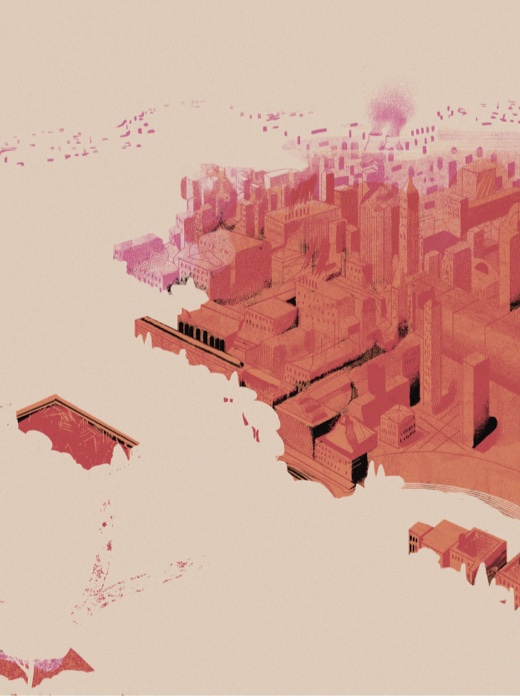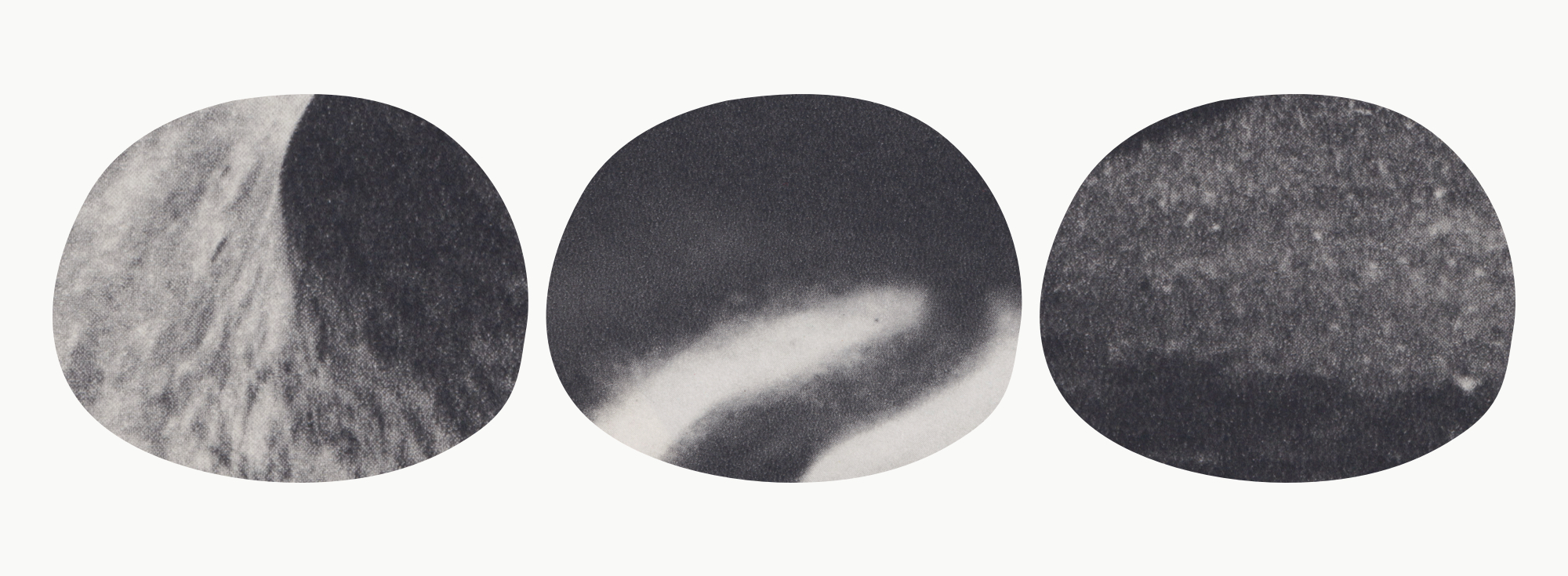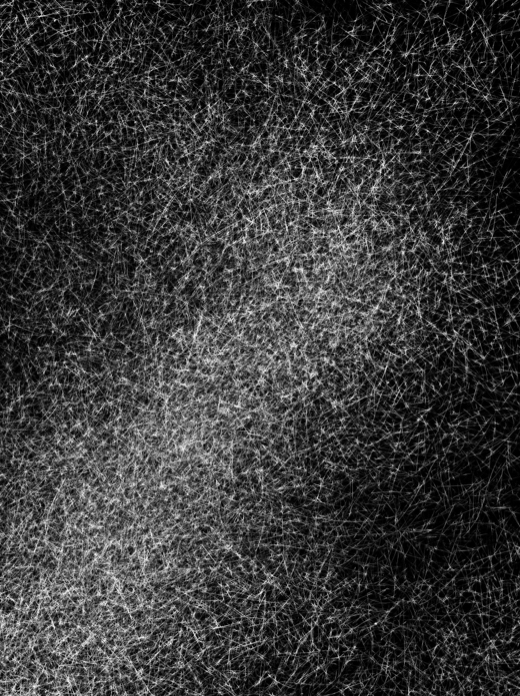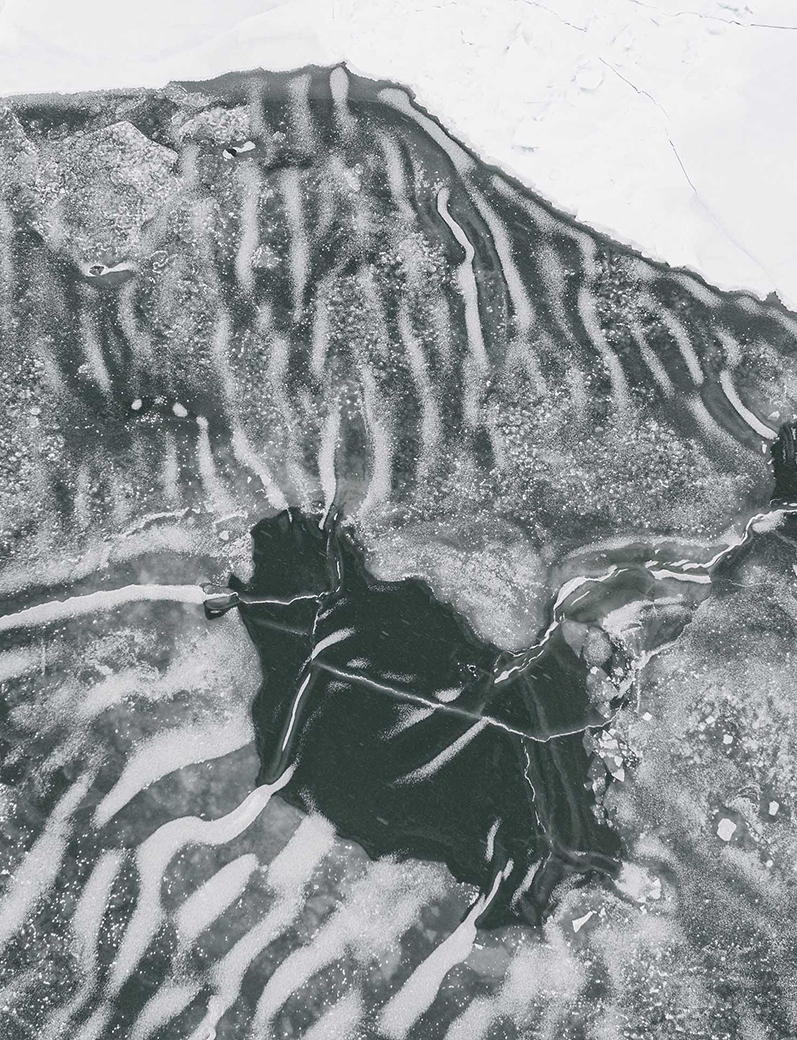
Camille T. Dungy is the author of four collections of poetry: Trophic Cascade, Smith Blue, Suck on the Marrow, and What to Eat, What to Drink, What to Leave for Poison. Her debut collection of personal essays is Guidebook to Relative Strangers. Camille edited Black Nature: Four Centuries of African American Nature Poetry. Her honors include an American Book Award, two Northern California Book Awards, two NAACP Image Award nominations, a California Book Award silver medal, and she was awarded a Guggenheim Fellowship in 2019. She is a distinguished professor in the English Department at Colorado State University and the poetry editor at Orion Magazine.
Studio Airport, founded by Bram Broerse and Maurits Wouters, is an interdisciplinary design studio that ventures out into the cultural ether to forage for anomalies, creating work that spans art, culture, science, and ecology. In addition to Emergence Magazine, their creative partners include the Design Museum, See All This Art Magazine, Slowness, Normal Phenomena of Life, and Sapiens Magazine. They serve as master tutors at the Design Academy Eindhoven and were recognized as European Agency of the Year 2024 by the EDA.
The way she holds her huge limb forward,
patient and expectant, while the slight man
untethers the old prosthetic, a cage of metal,
polyurethane, and canvas large enough
that I could stand inside. Sweet elephant,
waiting as the man sets aside the artificial leg
then turns back to the nylon sleeve that cups
her nub, rolling it down like a lover
or a mother removes underwear from a body
they adore. That gently. That disinterested
in causing harm. That dear elephant, steady
all this time on her three remaining legs
while the man strokes the nub of her mine
blasted one, its pucker scar a forever wound
that reminds me of the chest of a woman
who has refused reconstructive surgery
after losing one breast to the scalpel. The scar
like a nipple stretched into a grin. I want
to compare the look of that nub to something
you will understand, America, but there’s no way
to say it other than this. When she was seven
months old, the elephant walked on a land mine.
After that, some people wanted to kill her.
How could she survive, doubled over and using
her trunk as a crutch, leaning always on trees?
Put her out of her misery, they said. But look
where she landed instead. In this sanctuary,
where every few months, as she continues
to grow, some people redesign and gently,
while she waits, warm gray and patient, secure
around her blasted nub a new and sturdy leg.




